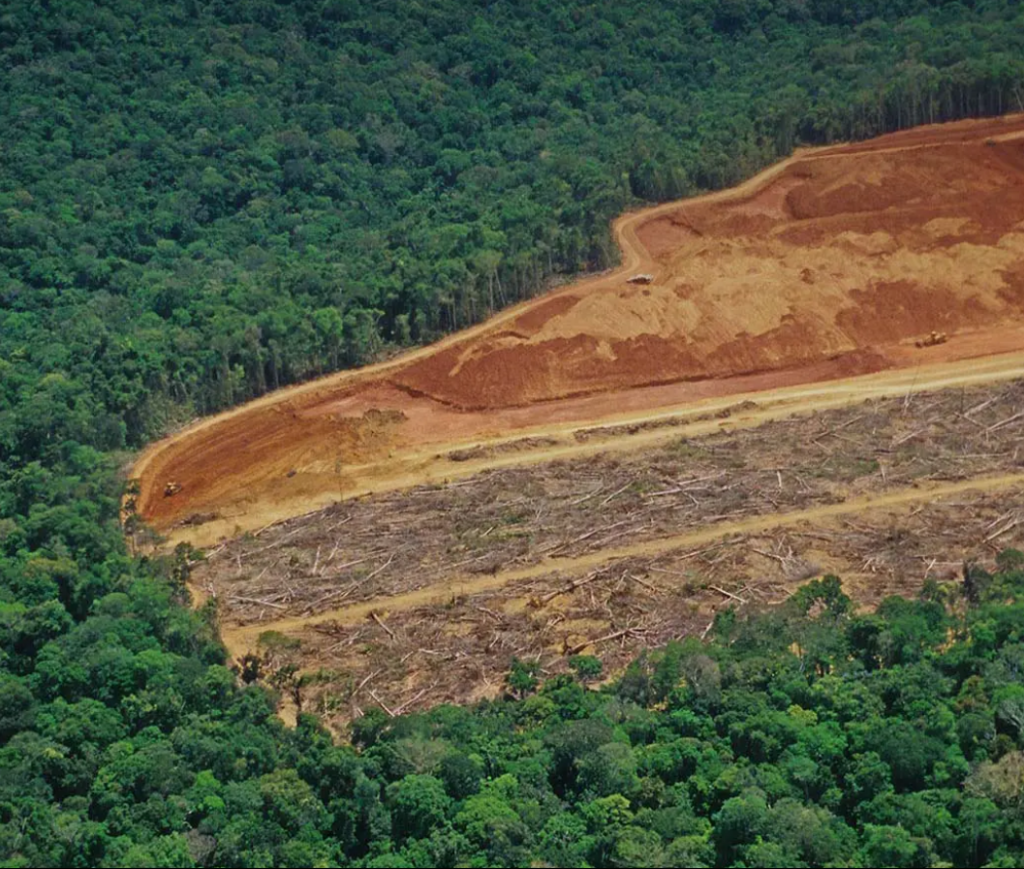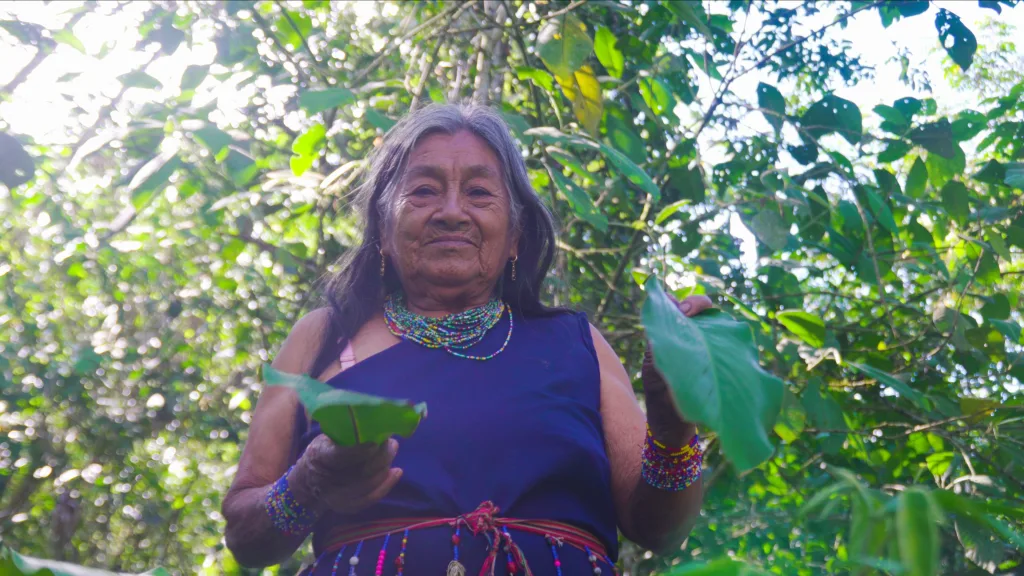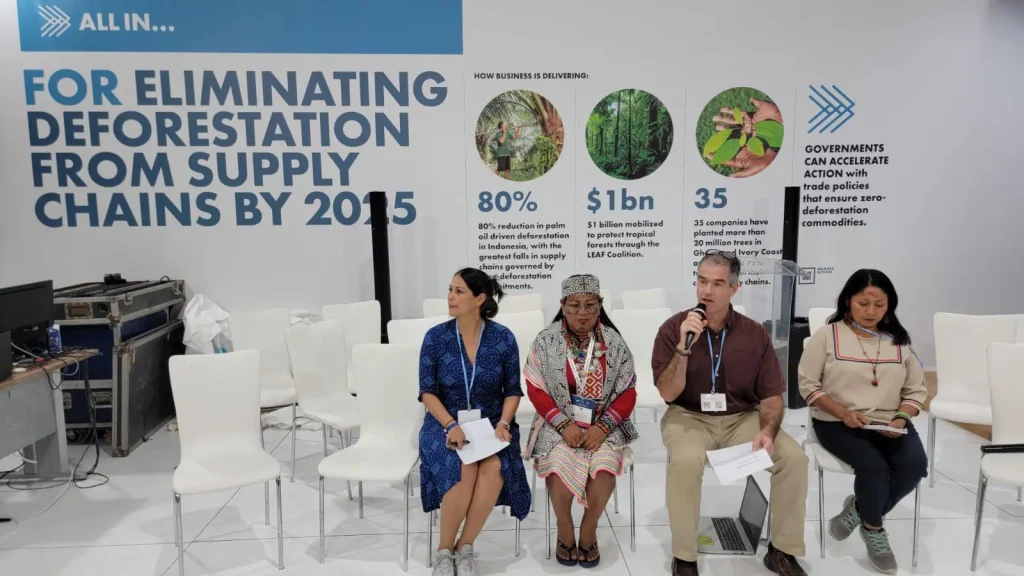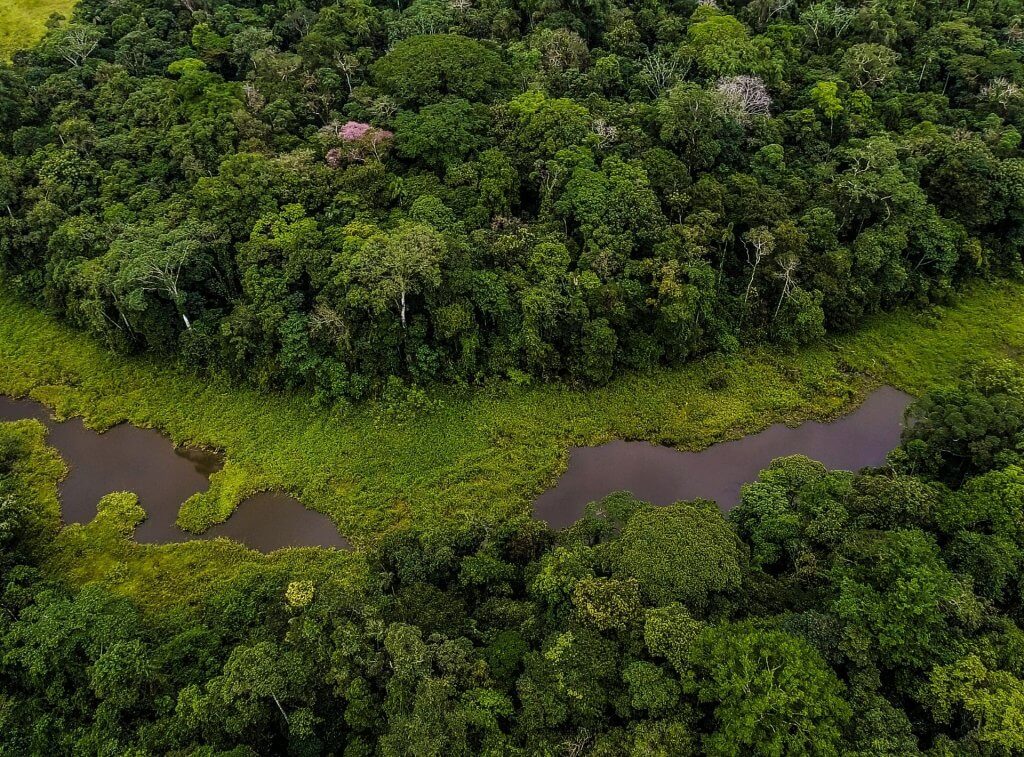
Protecting key carbon reserves
In total, our protected areas avoid 3.9 billion tons of CO2 emissions.
These areas play a crucial role in carbon storage. Trees contain roughly half of their mass in carbon. When forests are cut down carbon is released back into the atmosphere as CO2, further exacerbating climate change.
Nature and Culture mitigates climate change with nature-based solutions. We partner with communities to create protected areas, promote sustainability, secure water sources, and preserve biodiversity for a thriving, stable climate. In our 25 years, we have protected 26 million acres that avoid 3.9 billion tons of CO2 emissions.

Deforestation and climate change
Deforestation creates two separate problems for our climate – the carbon stored in a tree’s roots, trunk, and branches is released when a tree is cut down, and that tree’s ability to continue to sequester or pull and store additional carbon from the air, is also cut short.
Tropical forests store the most carbon but are being deforested faster than all other types of ecosystems. When forests are protected, their carbon is safely stored for millennia.
This is especially true for large, intact forests as they store 3 times the carbon of fragmented forests. By some estimates, an individual tree is able to absorb 48 pounds of CO2 on average per year from the air.
Partnering for the planet
Indigenous and local people are truly nature’s greatest stewards. As evidenced by UNDP data, deforestation rates in Indigenous territories are about 50% lower.
We are committed to integrating their profound knowledge and sustainable practices into the management of protected areas, thereby ensuring the long-term preservation of these invaluable places.
Indigenous communities are already grappling with the adverse impacts of climate change, experiencing shifts in seasonal rainfall patterns and temperatures, which adversely affect crop health and productivity. Additionally, they are confronting more frequent and severe natural disasters, such as wildfires, flooding, and drought.
Read about one example of how we’re partnering to fight climate change in the Ecuadorian Amazon. And check out a climate Op-ed written by our CEO, Matt Clark that appeared in Reuters!


Indigenous leadership in climate: COP 27
Nature and Culture’s President & CEO, Matt Clark and Lolita Piyahuaje, Vice President of the Confederation of Indigenous Nationalities of the Ecuadorian Amazon’s (CONFENIAE) attended the conference, speaking together on a panel about Indigenous leadership within Pastaza Province’s jurisdictional REDD+ program. This program is the first of its kind in Ecuador, bringing together 7 Indigenous nationalities, the local provincial government, CONFENIAE, and Nature and Culture International to implement activities to reduce deforestation in the Amazon.
To fight climate change, conserve and expand the world’s forests
With help from our donors, Nature & Culture has focused on creating protected areas that store and sequester enormous quantities of carbon. This is a critical and irreplaceable service that forests provide to our planet.
You can protect an acre for as little as $10.



